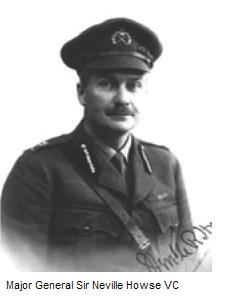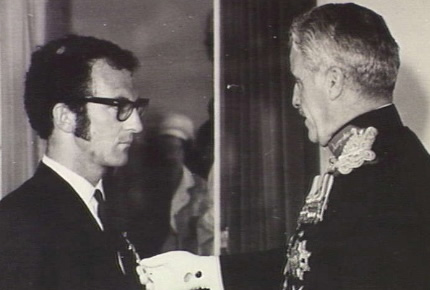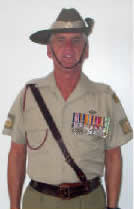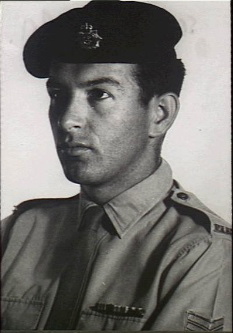DECORATED FOR VALOUR
HOWSE VC | VAUGHAN-EVANS MG | BROWN MM | O'SULLIVAN MM | DAVIS MM | WALSH MM | HARDWICK MM | RAE MM
This page is dedicated to the war heros of the RAAMC. The entries below are only an extract of those who have been decorated. Please excuse if any worthy member has been missed. Contributions should be sent to the webmaster via the contact us Tab on the navigation bar. Please note that only members who were awarded their decoration whilst carrying out their duties as a member of the RAAMC are eligable for entry in this page. Distinguished Service, Conspicious Service, Commendations, Members Mentioned in Dispatches (MIDs) are not included in this page. (Simply put: Only Decorations for Gallantry which allow post nominals to be used by the recipient) |
CITATION
Immediately on arrival at the camp on 22 April the Casualty Clearing Post was established and Major Vaughan-Evans and her team moved into the camp to assess and collect casualties. As the day progressed and more casualties were sustained, Major Vaughan-Evans calm, clear directions and medical expertise ensured that the team at the Casualty Clearing Post continued to operate at a maximum capacity and with exceptional efficiency. In the afternoon the security situation deteriorated and intense firing erupted around them. Nevertheless, Major Vaughan-Evans continued to treat casualties despite the risk of personal injury. On numerous occasions Major Vaughan-Evans accompanied casualties to the helicopter landing zone while firing was still occurring in and around the amp. Throughout the entire crisis, Major Vaughan-Evans displayed acts of gallantry, inspirational leadership and exceptional performance of duty. Despite being fatigued from treating casualties administering medical support, Major Vaughan-Evans was undaunted by the hostile rifle fire and mass casualty situation which confronted her. By her gallant performance of duty, distinguished leadership and tireless and selfless efforts, often under fire and always under appalling conditions, Major Vaughan-Evans was directly responsible for the saving of many Rwandan people. He calmness in this life threatening situation and her ability to make clear and accurate medical assessments under pressure were of the highest order. In addition, her compassion and dedication to those she was treating, ability to improvise when supplies ran low, and outstanding medical expertise were in the finest traditions of the Royal Australian Army Medical Corps. Her acts of gallantry and leadership whilst under fire were inspirational to all members of the Australian Medical Support Force Team at Kibeho. View Video. |
SGT A.P.P. Rae MMPhoto Courtesy of the AWMClick here to download SGT Rae's original recommendation document and citation
|





 Corporal Raymond Walsh enlisted in the Australian Army on 10 August 1967, and was allotted to the Royal Australian Army Medical Corps. He joined the 3rd Battalion, The Royal Australian Regiment, on 10 April 1969, as a Medical Assistant. He was attached to B Company, and arrived in South Vietnam with the Battalion on 25 February 1971.
Corporal Raymond Walsh enlisted in the Australian Army on 10 August 1967, and was allotted to the Royal Australian Army Medical Corps. He joined the 3rd Battalion, The Royal Australian Regiment, on 10 April 1969, as a Medical Assistant. He was attached to B Company, and arrived in South Vietnam with the Battalion on 25 February 1971.